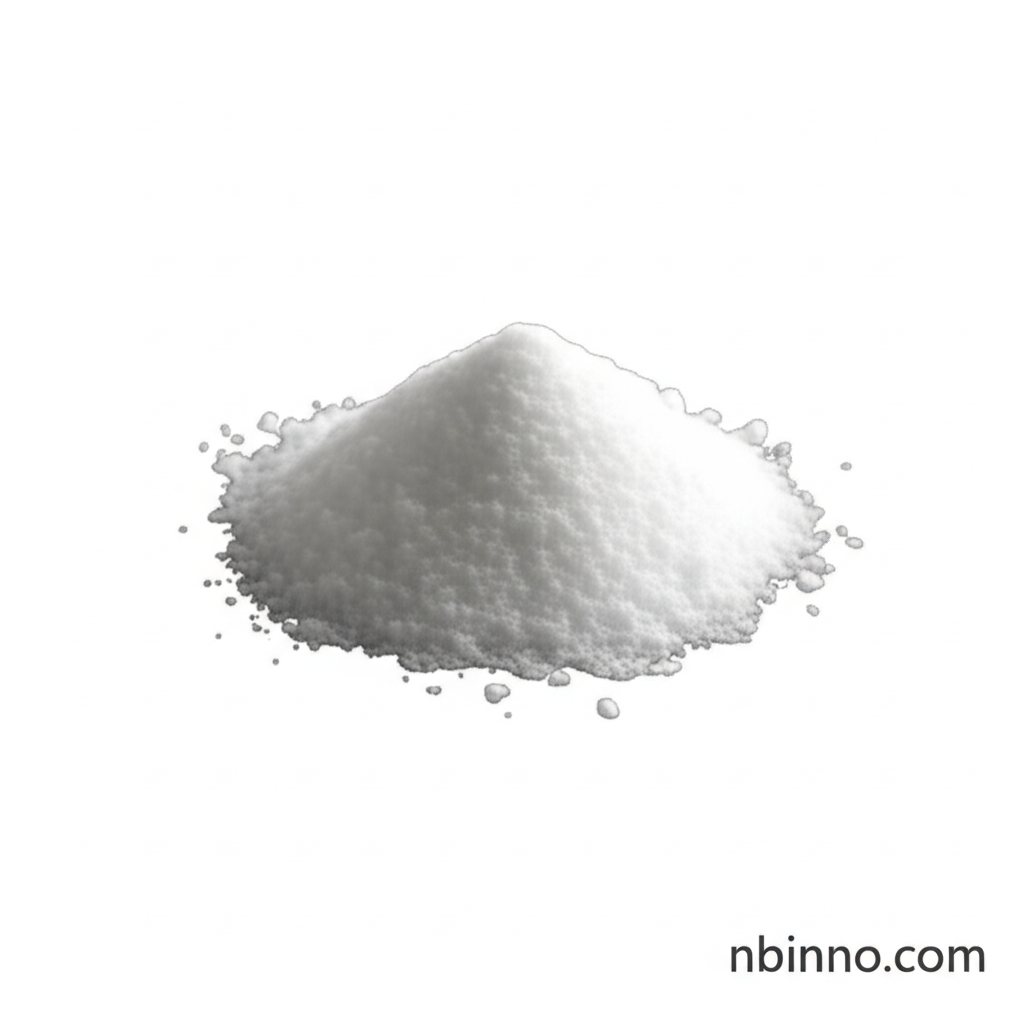1,7-Bis(hydroxymethyl)-m-carborane: A Versatile Boron Cluster for Advanced Materials and Medicinal Chemistry
Discover the unique properties and broad applications of 1,7-Bis(hydroxymethyl)-m-carborane, a key boron-containing compound driving innovation in polymer science and medicine.
Get a Quote & SampleProduct Core Value

1,7-Bis(hydroxymethyl)-m-carborane
As a leading supplier in China, NINGBO INNO PHARMCHEM CO.,LTD. offers high-quality 1,7-Bis(hydroxymethyl)-m-carborane, a crucial compound for advanced applications. Its distinctive carborane cage structure, featuring reactive hydroxymethyl groups, makes it exceptionally valuable for both material science innovations and cutting-edge medicinal chemistry research. We pride ourselves on providing reliable chemical solutions to meet diverse industrial and research needs.
- Explore the synthesis of carborane polymer applications with a focus on improving thermal stability and mechanical properties for demanding environments.
- Investigate the potential anticancer carborane compounds and their mechanisms of action, contributing to new therapeutic strategies.
- Understand the role of boron-based cancer therapies such as Boron Neutron Capture Therapy (BNCT) and the role of carboranes as delivery agents.
- Leverage this compound as a versatile building block for medicinal chemistry, enabling the design of novel pharmaceuticals with enhanced stability and efficacy.
Advantages Offered
Enhanced Thermal Stability
The incorporation of 1,7-Bis(hydroxymethyl)-m-carborane into polymer matrices significantly boosts thermal resistance, making it ideal for high-performance applications where heat is a critical factor. This is crucial for achieving superior carborane polymer applications.
Improved Mechanical Properties
This boron cluster contributes to superior mechanical strength and rigidity in polymers, essential for creating durable and resilient materials. Utilizing this for medicinal chemistry building blocks can also lead to more robust drug delivery systems.
Versatile Reactivity
The presence of hydroxymethyl groups allows for extensive functionalization, enabling its use in various organic synthesis pathways and the development of tailored materials. This versatility is key for intricate organic synthesis.
Key Applications
Polymer Synthesis
As a critical component in advanced polymer development, it enhances materials for aerospace and automotive sectors. The pursuit of novel carborane polymer applications is a growing field.
Medicinal Chemistry
Its unique structure makes it a promising candidate for drug design, particularly in areas like Boron Neutron Capture Therapy. Exploring anticancer carborane compounds is a significant research avenue.
Cancer Research
Investigated for cytotoxic effects, it plays a role in developing new cancer treatment modalities. Understanding boron-based cancer therapies is crucial for future medical advancements.
Materials Science
Its integration into materials provides benefits such as increased oxidative resistance and heat resistance, supporting innovation in material design.
